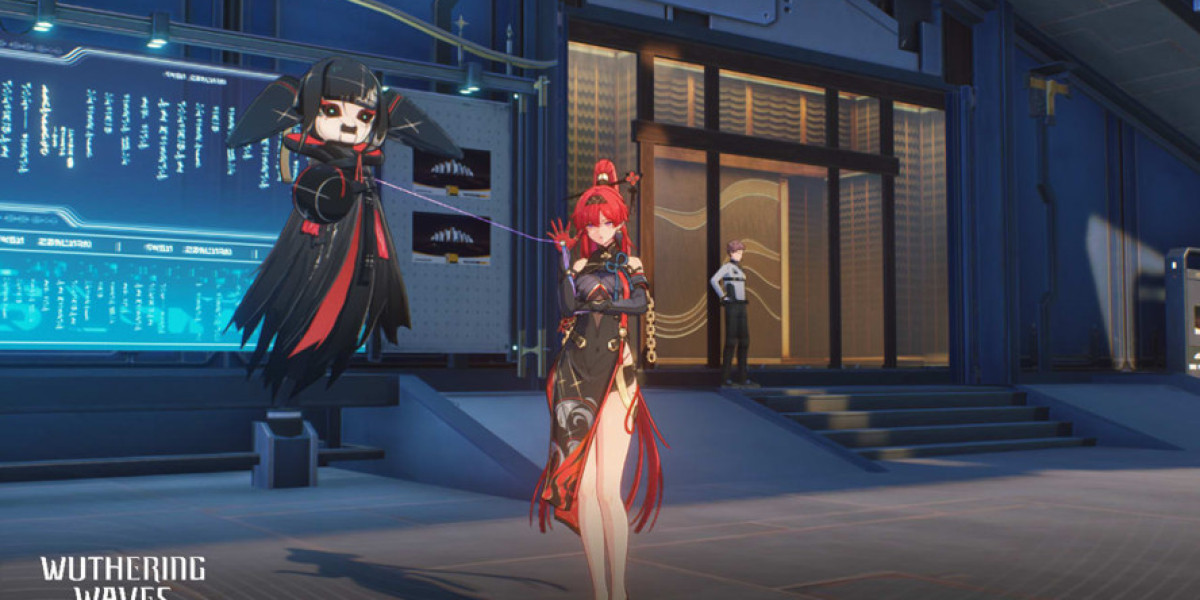Color is an essential element in 2D animation, breathing life into characters, settings, and narratives. Understanding and applying color theory effectively can transform an average animation into a masterpiece that resonates with viewers emotionally and aesthetically. This blog will explore how color theory influences 2D animation and its applications in various fields such as corporate video animation, animated training videos, and tech explainer videos.
What is Color Theory?
Color theory is a framework that explains how colors interact and affect human perception. It involves concepts like the color wheel, color harmony, and the psychological effects of colors. For 2D animators, this framework serves as a toolkit to create visually engaging and emotionally impactful content.
The Color Wheel
The color wheel is a circular arrangement of colors, typically divided into primary (red, blue, yellow), secondary (green, orange, purple), and tertiary colors. This tool helps animators understand complementary, analogous, and triadic color schemes, enabling them to craft balanced and visually appealing palettes.
Color and Storytelling in 2D Animation
Colors are more than just visual elements; they are powerful storytellers. Through careful selection and application, animators can evoke emotions, highlight themes, and guide viewers’ attention.
Mood and Emotion
In animated training videos, for example, using soft blues and greens can create a calming effect, making it easier for viewers to absorb complex information. In contrast, vibrant reds and oranges in tech explainer videos can add energy and urgency, making the content more engaging.
Character Design
Colors play a pivotal role in character design by conveying personality and mood. A villain might have a darker, more muted palette, while a hero could have bright, uplifting colors. This distinction enhances character recognition and audience connection.
Scene Setting
In corporate video animations, color can set the tone of the narrative. Cool colors like blue and gray can evoke professionalism, while warmer tones like orange and yellow can add an element of approachability.
Practical Applications of Color Theory in 2D Animation
Corporate Video Animation
Corporate video animations often aim to communicate a brand’s message effectively. Color theory helps align the animation's palette with the brand's identity. For instance, using a company’s primary brand colors ensures consistency and reinforces recognition.
Additionally, complementary colors can be employed to highlight key messages or calls to action, ensuring they stand out within the frame. Neutral backgrounds with pops of bold color can emphasize key elements without overwhelming the viewer.
Animated Training Videos
Training videos often deal with large volumes of information. Colors can be strategically used to segment content, guide the viewer’s attention, and reduce cognitive overload.
For example, different color schemes can represent various modules or topics, making the learning process intuitive. Cool colors like blue and green create a focused atmosphere, while occasional bursts of warm colors like yellow can keep viewers alert.
Tech Explainer Videos
Tech explainer videos often require complex ideas to be broken down visually. Bright and high-contrast colors are excellent for illustrating technical components and processes. Animators can also use gradients and shadows to add depth, making the visuals more dynamic and engaging.
For instance, highlighting a particular element in a diagram with a vivid color against a muted background ensures clarity and focus.
The Psychological Impact of Colors in Animation
Warm Colors
- Red: Evokes energy, urgency, and passion. Often used in tech explainer videos to highlight critical components or processes.
- Orange: Friendly and inviting. Great for animated training videos aiming to create an approachable learning experience.
- Yellow: Optimistic and cheerful. Effective in both corporate video animations and training videos to create positive associations.
Cool Colors
- Blue: Trustworthy and calm. A staple in corporate animations to reflect professionalism.
- Green: Represents growth and balance. Perfect for training videos that focus on learning and development.
- Purple: Creative and luxurious. Can add a touch of sophistication to high-end corporate animations.
Neutral Colors
- Black: Elegant and powerful. Often used in tech explainer videos for sleek and modern designs.
- White: Clean and simple. Commonly used as a background to ensure other colors stand out.
Color Harmony and Contrast
In 2D animation, achieving color harmony is crucial for visual appeal. Common harmonious schemes include:
- Analogous Colors: Colors adjacent on the wheel (e.g., blue, green, teal) create a serene and cohesive look, ideal for animated training videos.
- Complementary Colors: Opposing colors (e.g., blue and orange) create high contrast, making them excellent for tech explainer videos that require elements to pop.
- Triadic Colors: Three evenly spaced colors (e.g., red, yellow, blue) offer a vibrant yet balanced palette suitable for corporate animations.
Advancements in Digital Tools for Color Application
Modern animation tools have revolutionized the application of color theory. Software like Adobe Animate and Toon Boom Harmony allows animators to experiment with palettes, gradients, and color blending seamlessly.
Features like automatic color correction and palette synchronization ensure consistency across frames, enhancing the final output's quality and cohesion.
Tips for Animators: Effective Use of Color Theory
- Define Your Palette Early: Establish a color scheme that aligns with the project’s theme and audience.
- Consider Accessibility: Ensure your animation is accessible to viewers with color vision deficiencies by incorporating high contrast and patterns.
- Test Your Colors: Preview your animation on different screens to check for consistency and readability.
- Use Color Symbolism: Leverage cultural and psychological associations with colors to amplify the narrative impact.
Conclusion
Color theory is an indispensable tool in the arsenal of 2D animation services. Whether you’re creating corporate video animations, animated training videos, or tech explainer videos, understanding and applying color theory can elevate your work, making it more engaging and effective.








